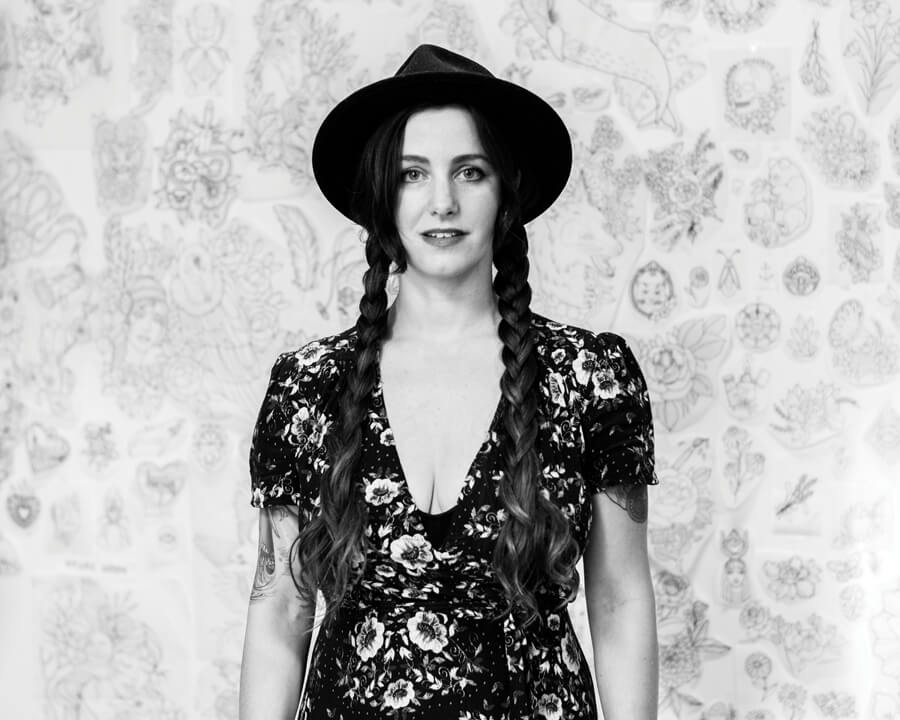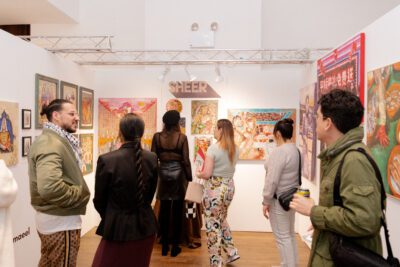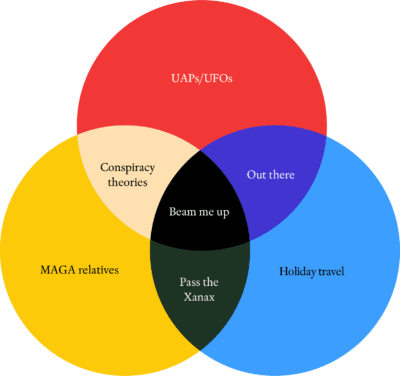Inked in Brooklyn: Innovating the Art of the Tattoo
These days, the words “Brooklyn” and “tattoo” are almost co-significant, a too-obvious cliché along the lines of beards, craft cocktails, artisanal food, and DIY music. But Brooklyn’s tattoo history is a long one that was both vibrant and creative well before Brooklyn became famous for being Brooklyn. Yet today especially, tattooing partially defines this place. And over the last 20 years, as Brooklyn has roared through the world as an international brand, it has also been a primary participant in making tattoos, and its art, part of mainstream and popular culture.
The art of the tattoo has a very long and deep history in New York City, reaching all the way back to the sailors who invaded the island of Manhattan by way of the East India Trading Company and other cargo ships that thronged New York’s harbors when there wasn’t much more to the city than the harbor itself. The first tattoo studio in the U.S. opened in New York in 1870. It was quickly followed by a newer and higher-tech rival, a tattoo studio owned and operated by the man who invented the electric tattoo machine. New York’s carnival freaks and freak-aspirants thronged to tattoo parlors in Lower Manhattan in the late 19th and early 20th centuries.
Meanwhile, in Brooklyn, from the late1800s until relatively recently, the natural home of the tattoo scene was and has always been Coney Island, and the performers who call it home—the tattooed lady and all her natural family. It is easy to forget that, until recently, being tattooed was strange and taboo, a practice for weirdos and outsiders, soldiers and sailors.
From 1964 all the way up until 1997, tattooing was illegal in New York, although by the 1990s, underground tattoo parlors flourished in secretive abundance. The ban cited health concerns, and kept tattoos the provenance of rebels and self-proclaimed freaks, a clearly demarcated niche. This division seems almost unimaginable today. Brooklyn is bursting with quite literally thousands of tattoo shops, from brand-name artists known for providing ink to celebrities, to private studios operating out of artist’s apartments.
Tattoos are everywhere in Brooklyn, and visible on every type of person. As the art form has become mainstream, and insistently gained popularity, it has also metastasized, making room for new approaches and new forms, from low-tech hand-poked tattoos, to enormous free-drawn canvases created over years of long sittings; from aggressive traditional Americana, to the abstract geometric line and dot patterns at the cutting edge of body ink design. Plus, it’s considerally less male-dominant: Unintentionally, each of the up-and-coming, and most innovative artists we found were women, representing a wide variety of approaches, experiences, aesthetics, and ideas about the whats, hows, and whys of tattoos in Brooklyn, and of its particular and ever-expanding art form.
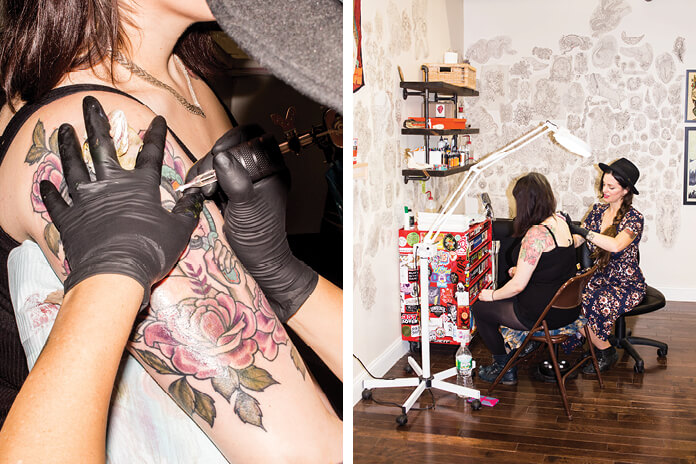
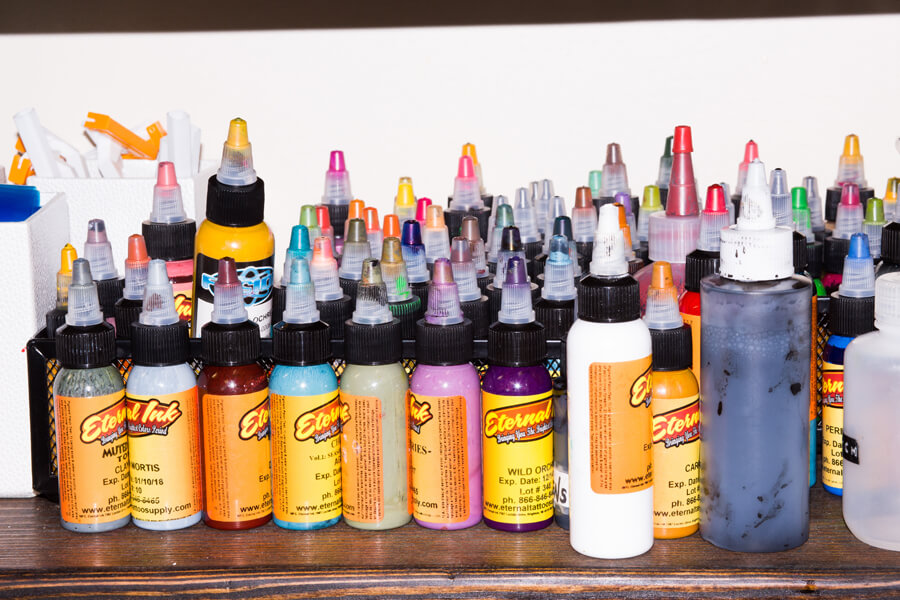
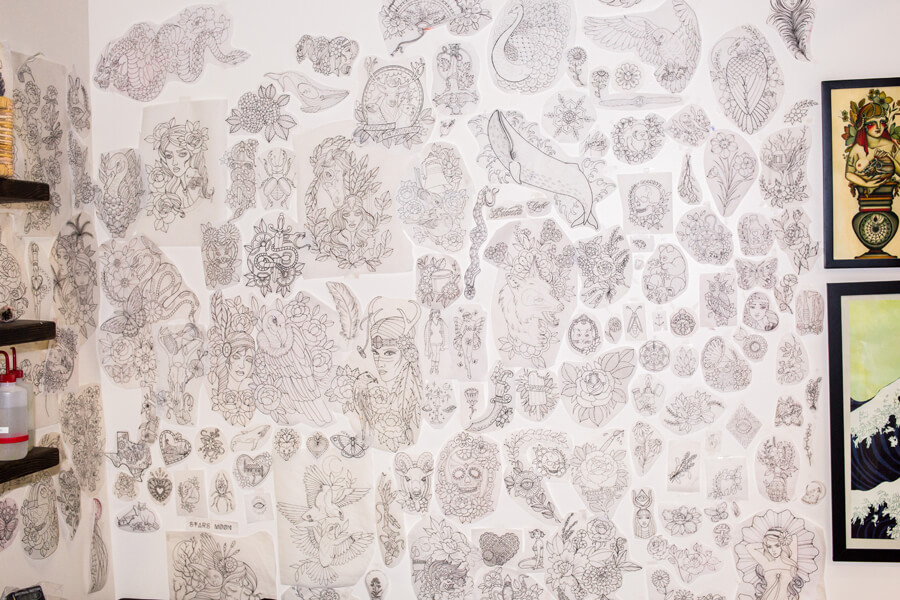
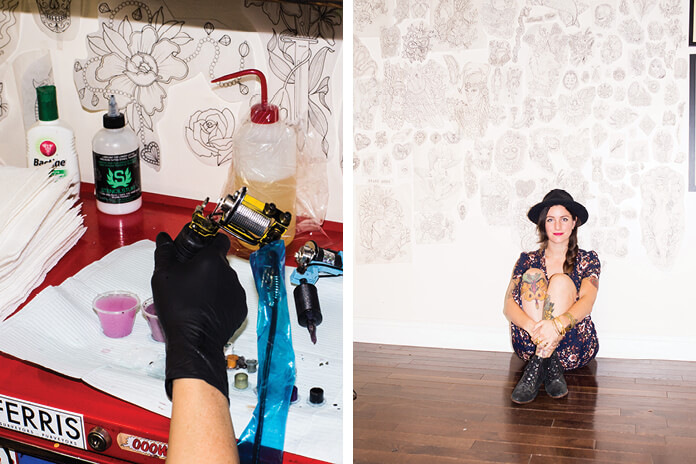
Karen Glass
Independent artist
Karen Glass has loved tattoo art since she can remember. “As trite as this sounds I was the kid who was doing Sharpie tattoos on my friends in junior high school,” she explains, almost sheepishly. Despite these early beginnings, Karen came up in Brooklyn’s music scene and moved into tattooing later. “I was living and working in Brooklyn already and I had a good friend who I’d been getting tattooed by for a while,” she explains. “He owned a shop and let me apprentice with him. I later realized what a gift that was; a lot of people who want to put in the hard work can’t find an apprenticeship because tattooing is a really protected craft in the community. Looking back on it I’m really grateful that I got learn that way.”
Tattooing as a career echoes and supports what she loves about being a musician. Both art forms are collaborative and flexible, predicated on human connection and constant change. “Both are constant works in progress,” she explains. “Writing a song, even if it’s already written and recorded, as you perform it it’s going to change. As a tattoo artist, you’re never done, you’re always pushing yourself. I love that in both art forms there’s constant growth, and you’re always looking for inspiration and feedback.”
Currently, Karen works out of her own private studio, a change she decided to make when she learned she was pregnant with her daughter—it made her want the privacy, flexibility, and autonomy that a space of her own would offer. She shares the space with one other artist. “I think I’d have a hard time going back to a shop, at least until my daughter is in school, because being a mother and a tattoo artist is very different thing than just being a tattoo artist on its own,” she tells me.
Recently, outside the studio, she has done a number of events at Our Wicked Lady, a bar, performance space, and artist studio space in Bushwick. Describing the ways in which tattooing styles are developing in Brooklyn right now, she focuses, as many of the artists I spoke to do, on the individuality that’s nurtured in the scene here. “There’s a generation of artists who are focusing on their own voice and cultivating an individual style. They can do more but they want to just put out this one specific aesthetic. Artists are developing such signature styles that you can see a tattoo and know exactly who did it. The connection to the personalized style is a whole new level of intimacy in tattooing.”
I mention that this article happens to feature all female artists, and she chimes in. “Tattooing has been a man’s world for a while, and that’s really changing now. I came from playing in bands which is even more a man’s world—I remember having the sound guy take a flashlight to the back of my amplifier because he didn’t think I knew what I was doing, things like that. So I kind of went into tattooing thinking, well I can handle this because I’m coming from the music scene. But honestly, the majority of the people I worked with didn’t have that attitude at all. I’ve always felt very inspired by female tattoo artists. A woman who’s going to go into tattooing has to be powerful and confident, and it’s really inspiring to see that and be part of that.”
Her own style starts with traditional Americana and moves into a more illustrative direction, something she describes as an almost feminine take on the traditional American tattoo art. Specifically, she focuses on images from nature, like flowers, plants, and birds. “I believe images from nature can flatter the body perfectly, so working with organic content and designing it to flow with any particular placement is one of my favorite things about the art form.” she tells me.
When I ask her what she finds most difficult in her work, I expect a broad conceptual answer, but instead what she tells me is the opposite: “Tattooing the outline of a perfect circle is the hardest thing I get asked to do—it always makes me break a sweat.”
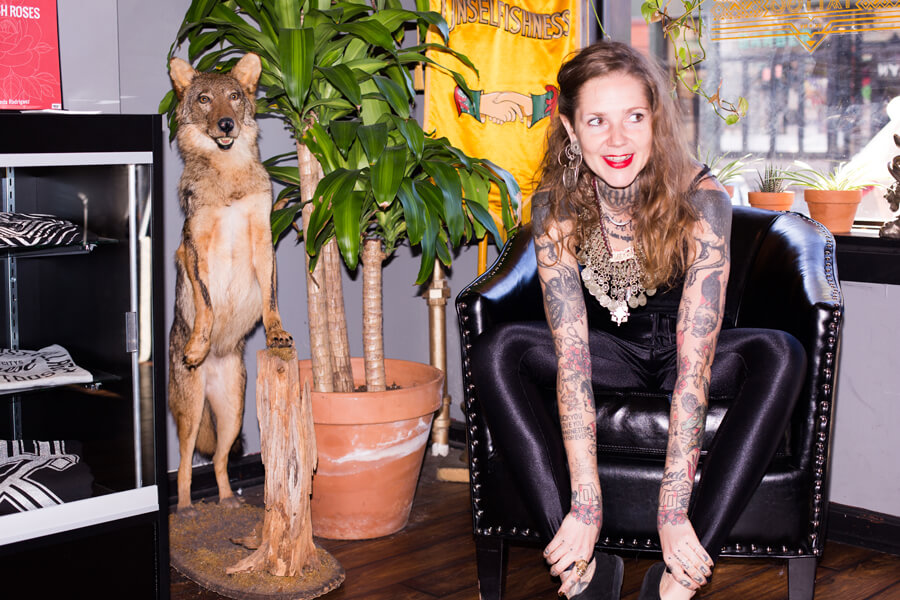
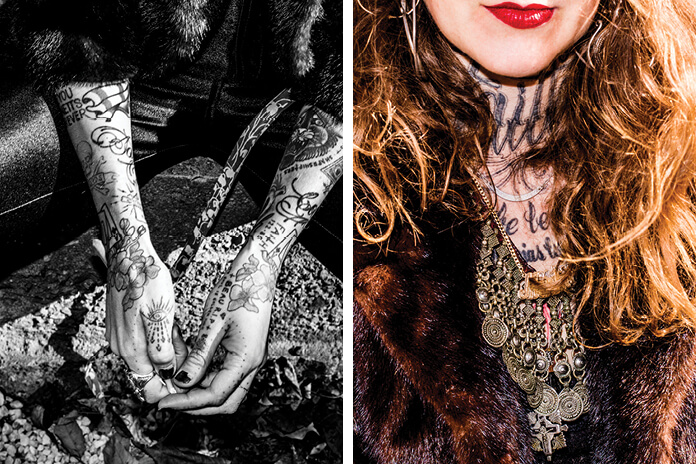
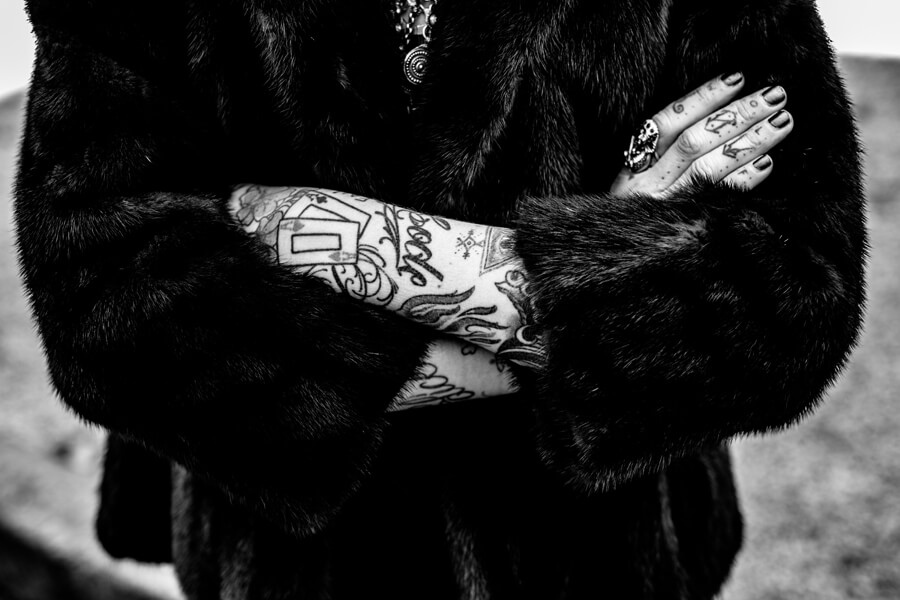
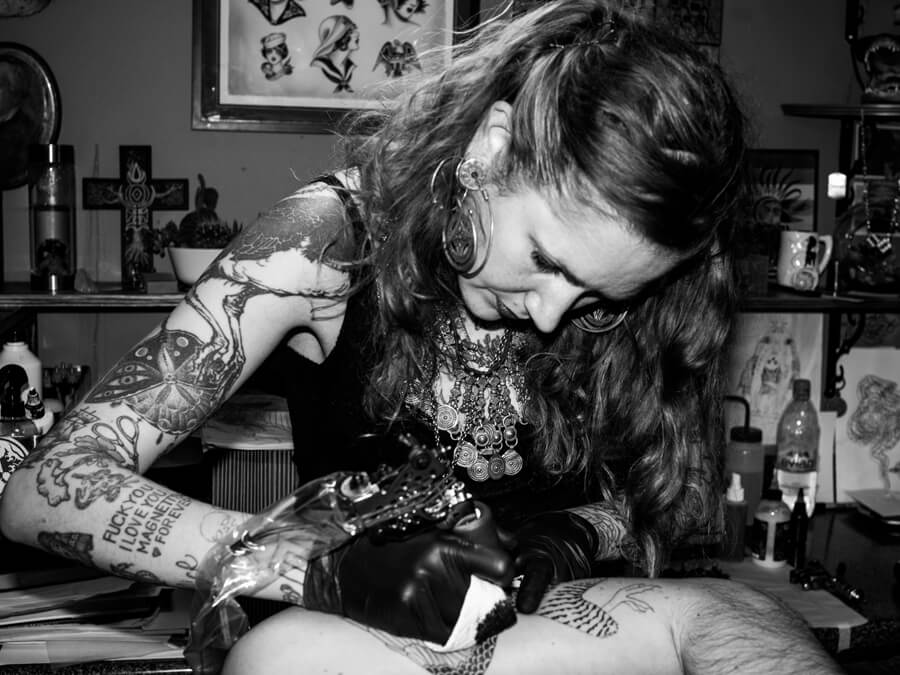
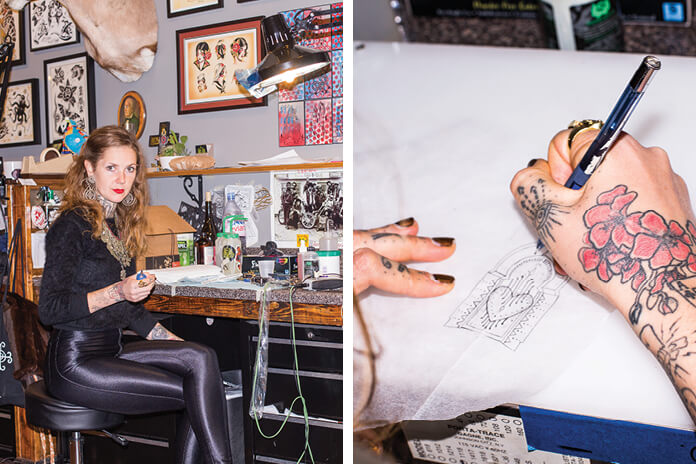
Minka Sicklinger
Three Kings
“Look,” says Minka, “life doesn’t have any meaning, and getting a tattoo isn’t going to make it mean something more.”
Minka Sicklinger and I met the morning after the 2016 election. The whole city felt like a funeral, and I was running very late. When I arrived, we sat down and stared blankly and miserably at each other for a few minutes; it seemed impossible under the circumstances to talk about tattooing. Finally she said, “Can we just skip this interview and have a conversation like real people, please?”
It takes us almost thirty minutes into the conversation to get to the subject of tattoos. On the way there we talk about immigration (Minka is from Holland by way of Australia, and describes her experience wrestling with the American immigration system), the American Dream (“If this man who’s never been in politics can be the President, then maybe we can do anything we want with our minuscule little lives that he’s now going to ruin.”), Trump as America’s Id (“He represents that negative dark part that we all have, it comes from fear and it comes from insecurity and it comes from the unknown.”), and the pitfalls of mainstream feminism (“I think the only way you’re ever going to get equality is if you stop looking at what bits someone is biologically born with and you start respecting them for their work and what they bring into their industry.”). When we finally make our way to the subject of tattooing, is somewhat by accident.
“There’s a very alarming trend,” Minka continues, “where everyone wants to get a tattoo but they don’t really want a tattoo – they want it to be as small and as delicate and invisible as possible. It has to encapsulate the twenty different things they have learned in the course of their life but it’s only going to be once inch and it’s going to be single needle but it has to represent their whole life’s journey.”
“That being said,” She adds, “I have done a lot of memorial tattoos and tattoos that signify certain experiences, things that people have worked through. I believe very much in that. I mean, tattooing on an anthropological evolutionary level has always represented rites of passage and milestones. It reminds you of a certain like day or an experience, those things that you may have lost that, as time goes on, start to get a little fuzzy. That’s all it needs to be, just your own. It doesn’t have to be a whole grand scheme of your life.”
Emigrating from Australia to America, Minka worked in fashion before coming to tattooing. She was self-taught, and came up in the business painstakingly, working in the back of shops, spending money to get tattooed herself and observing the work in the process.
She tattoos as Three Kings in Greenpoint, where we had this furious conversation on a dark and stormy Wednesday morning, a small and very highly respected shop a block from McCarren Park. Unlike many of the artists I interviewed for this piece, she has always worked exclusively in shops, and she emphasizes that tattooing is a service profession. “The industry has changed a lot. Tattooing is a service industry, that’s all it is, you’re providing a service. We’re privileged as artists that we get to bring our own voice and our own vision to our work, but there’s no ego or specialness that goes with that.”
She also points out that tattooing can nevertheless be an experience that is extremely intimate. “It’s an amazing thing to get in touch with your physicality on such an extreme level, especially since we live in a very disconnected lifestyle where we don’t really have to feel things. There’s a definite connection that happens even if it’s very temporary. Some of my best friends started out as clients, because you know you’re stuck there, and you figure out pretty quickly if you vibe with someone.”
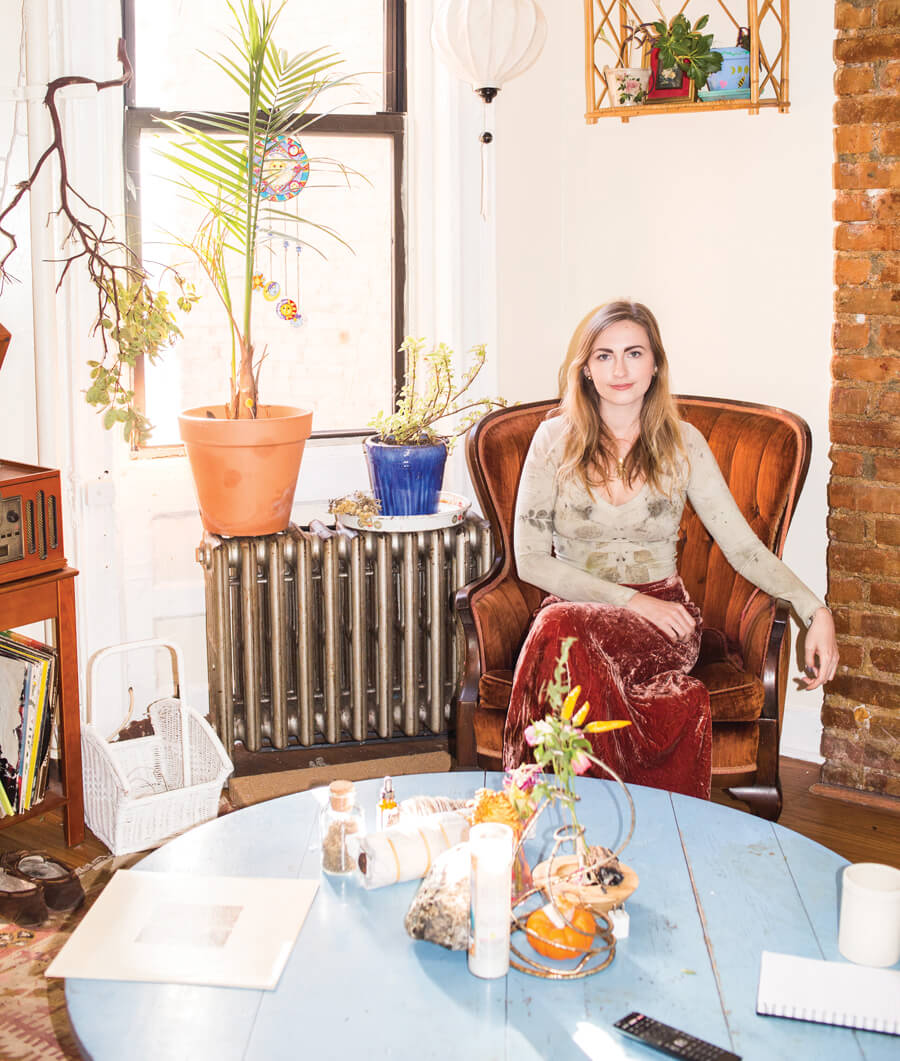
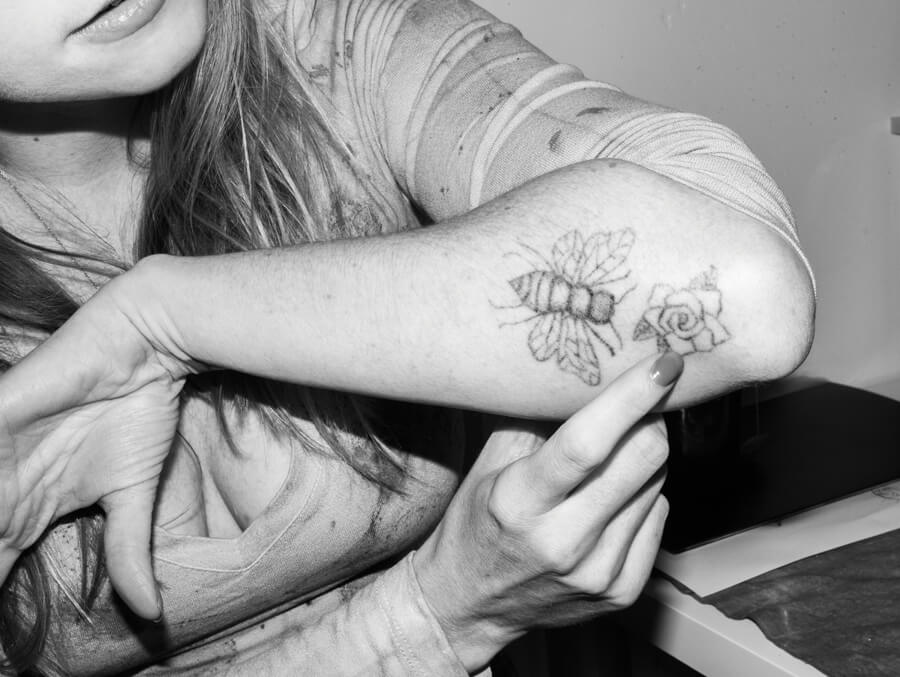
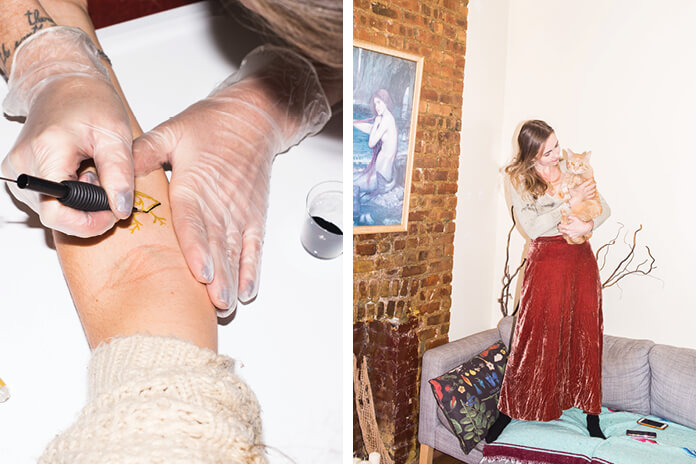
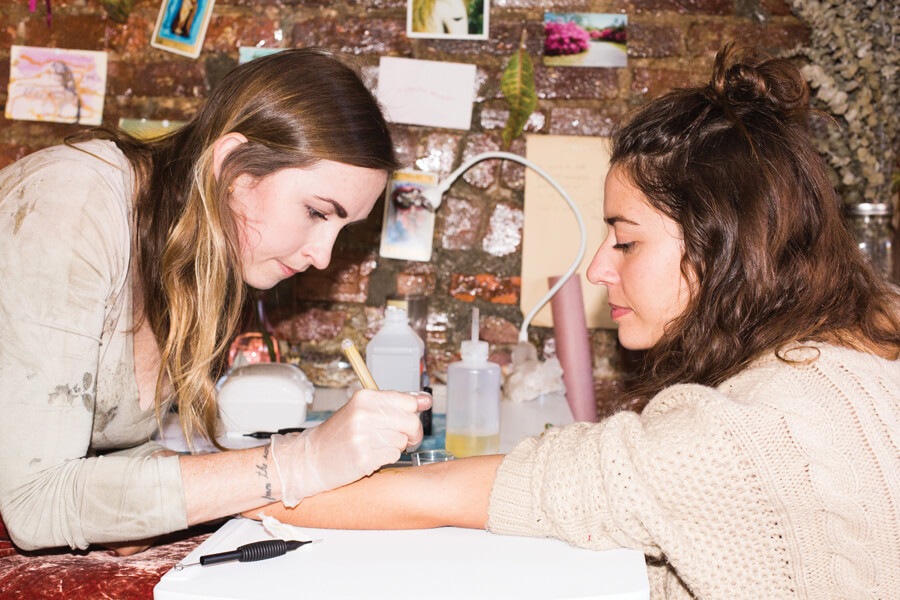
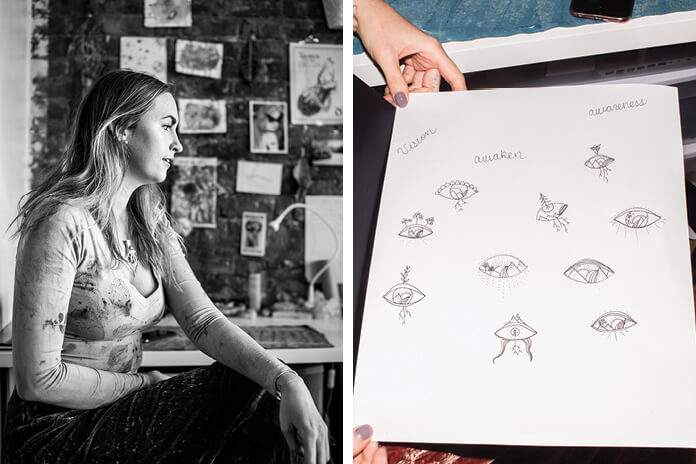
Ashley Glynn
Independent artist
Ashley Glynn’s studio is up a flight of stairs in a nondescript row house in Crown Heights, Brooklyn. The door to her apartment opens immediately into her studio, where she’s already set up for her next client: a small table sits in front of her with the equipment for the hand-poked tattoos in which she specializes. Although the room is tiny, comprising the small front room of a normal Brooklyn apartment, the energy in the room is immediately calming and warm.
Ashley is self-taught. Four years ago she and a friend bought a kit for hand-poked tattoos and decided to learn. “It came a little bit naturally,” she tells me, “It felt like it was a good way for me to create and connect to others and with my work.”
Ashley also reads tarot, and incorporates the two skills—tattooing and tarot—into one coherent practice. She feels that her work is a spiritual art. “With my tarot work, I focus on what is blocking a person, why they aren’t reaching their full potential, what are their dreams. Whether the blockage is fear or self doubt or whatever, we pinpoint those issues and then in the tarot reading that I do it kind of gives them a story of what they need in order to overcome this. If you’re blocking yourself out of fear, then maybe you need a symbol of strength, or confidence, or abundance, for instance.”
Ashley found that the technical skills of this kind of tattooing came easily to her, arising out of an intuitive sense also connected to her tarot reading. Her clients come to her in much the same way. “Fifty percent of my clients are getting a tattoo for the first time, and they don’t really know what they want, or they don’t really connect to things that they see like in tattoo shops. I use my intuitive sense to give them suggestions and help them find what they need.”
She gently corrects me when I contrast hand-poked tattoos to “traditional” tattoos, pointing out that her type of work is actually the far more traditional art form. “This form of tattooing goes back to basics, like the raw organic-ness of tattoo art and body art. The tattoo gun hasn’t actually been around that long, but tattooing itself has been around for centuries. This is an ancient form of body art, and there is so much meaning attached to this kind of tattooing. It’s more immediately attached to the body, you have to be more patient with it.”
Ashley’s client, another young, soft-spoken woman arrives, sits down, rolls up her sleeve to where her tattoo will go. Ashley explains that her client is the first person she ever tattooed (“We tattooed on our fingers, which is the worst place ever, you can barely see it now, using, like, sewing needles, and that was the start of it all.”). Today, her tattoo design springs from a previous meeting. “We were talking about doing an eye for awareness,” says Ashley, as she begins to sketch the eye freehand. The design also incorporates other natural shapes, with the sun in its center and trees growing out of the eyelid. “So I drew all these eyes. The one that she chose, it represents seeing and awareness, the sun is abundance, light, fire, the trees represent growth. It also is a really good symbol for living in New York City, a reminder to see the beauty and to connect with nature and everything.”
Her client chimes in. “I told her, ‘Draw something like looking into my soul and seeing, because I feel so connected to nature too, in that way.’ And she was like, ‘Is this it?’ And it was.”
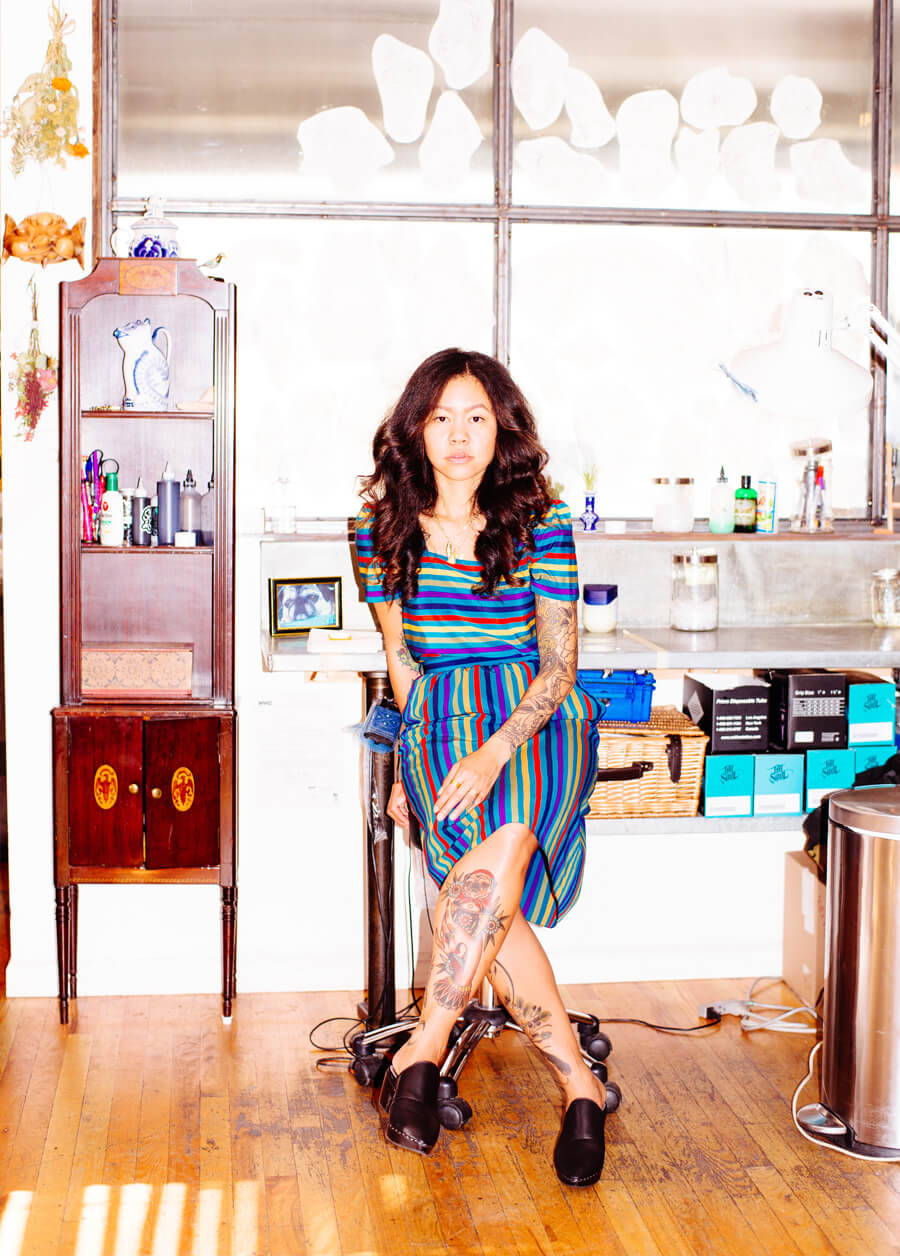
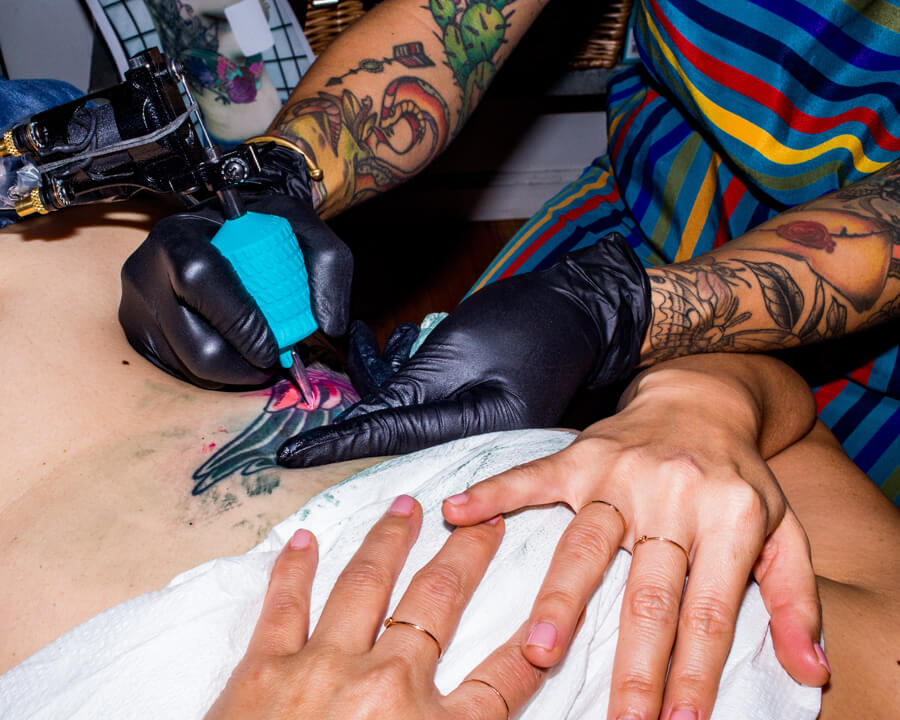
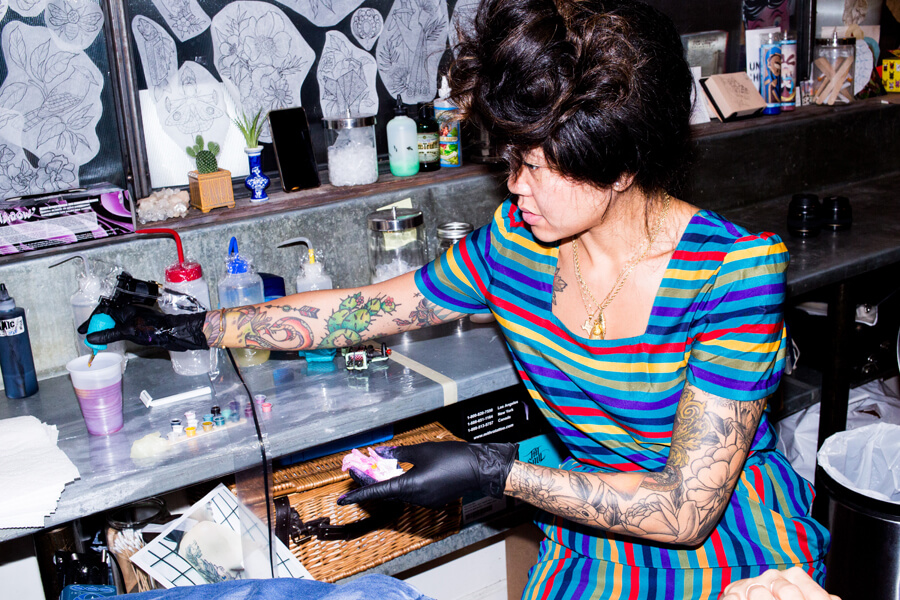
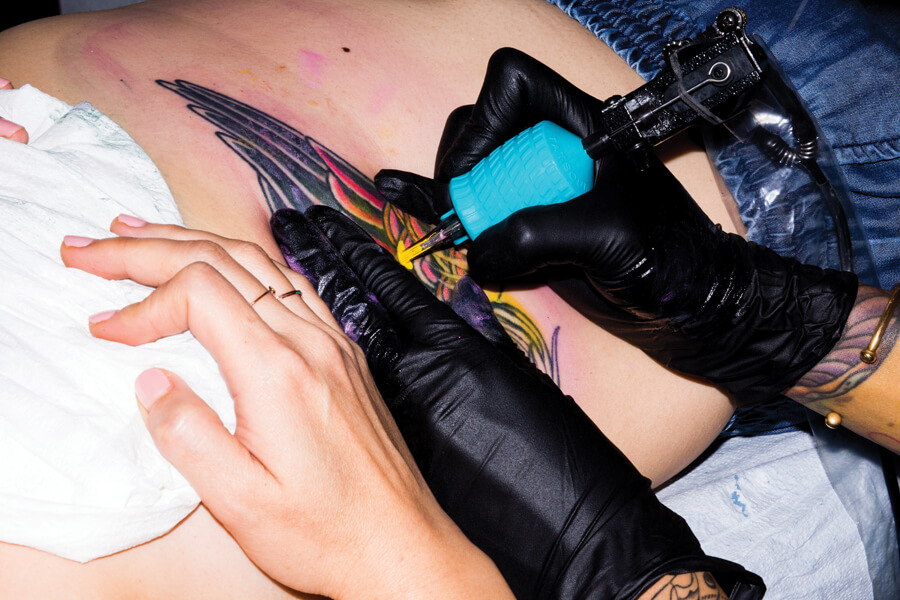
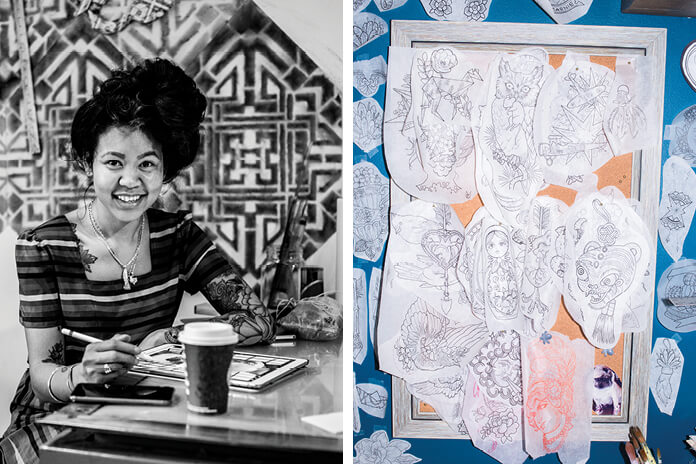
Sophie C’est La Vie
Saved
I met Sophie C’est La Vie at a small café about a ten-minute walk from where she works at Saved, a tattoo shop that features both prominent and up and coming artists like Sophie, encouraging them to hone unique styles with deep roots in traditional tattooing forms. Sophie has worked at Saved since this March, and expresses joy and gratitude at being there.
“I’ve wanted to be there for a while and it worked out,” she says, when I ask her about the shop. “It’s been amazing. I just feel honored to be there and every day I go there I feel inspired. The people I work with push me naturally to want to be a stronger artist. I’m inspired every day by the amazing artists whom I work with. They all have such differing aesthetics, but the quality and dedication that I see everyday is monumentally motivating and inspiring.”
After growing up in Texas and starting her tattooing career in Atlanta, Sophie moved to New York where she works in various forms of fine art alongside her tattoo practice, primarily paper-cut-outs. “I feel like I’m still in a place of growth with my tattoo style,” she explains when I ask her to tell me what defines her work. “I’m constantly growing and I strive to continue to grow. I pull from stuff that is more classic, but I also bring a little more realistic detail into it, and I try to find a balance there.”
She talks about tattooing as unique in its mutability. “Your art is in constant change because the canvas is the human body and the skin ages, and so you create this piece of art on somebody’s skin, and as time goes by it develops into a different thing. Other types of art are more tangible, you can capture that piece of art in a photograph; whereas with a tattoo, the real tangible aspect of that piece of art is lost from moment to moment, and I think that’s what’s most interesting about it.”
She emphasizes the importance of learning and connecting to the heritage of tattooing. “Tattooing is a very old form of art, and it’s worth taking the time to learn about something you want to be involved in and respect the traditions of it if you want to be a part of that. I think for someone starting out it is important to learn about tattooing as a history and where it comes from. There’s more to tattooing than just picking up a machine and tattooing someone, and there are many paths to get to the same place, but just having the basic roots of it really helps.”
Thinking about how this very old form has entered the very immediate present, I ask her about social media. She focuses on both sides of social media’s impact on tattooing—the positive —“you can see what somebody’s tattooing on the other side of the world in a way that you previously hadn’t been able to”—and the negative, artists stealing one another’s work. Incidentally, this is a problem that almost every artist I spoke to for this piece had mentioned.
Although Sophie also talks about tattooing as a service profession, and mentions the long and unpredictable hours that sometimes wreak havoc on her schedule, she is eager to emphasize how much it’s worth. “I don’t ever feel like ‘Aw, man, I have to go to work.’ I feel really lucky, too, that this is my day-in and day-out. Later on, down the line,
I’ll be able to tell my kids ‘Oh yeah, I used to tattoo in New York City.’ That’s pretty rad.”
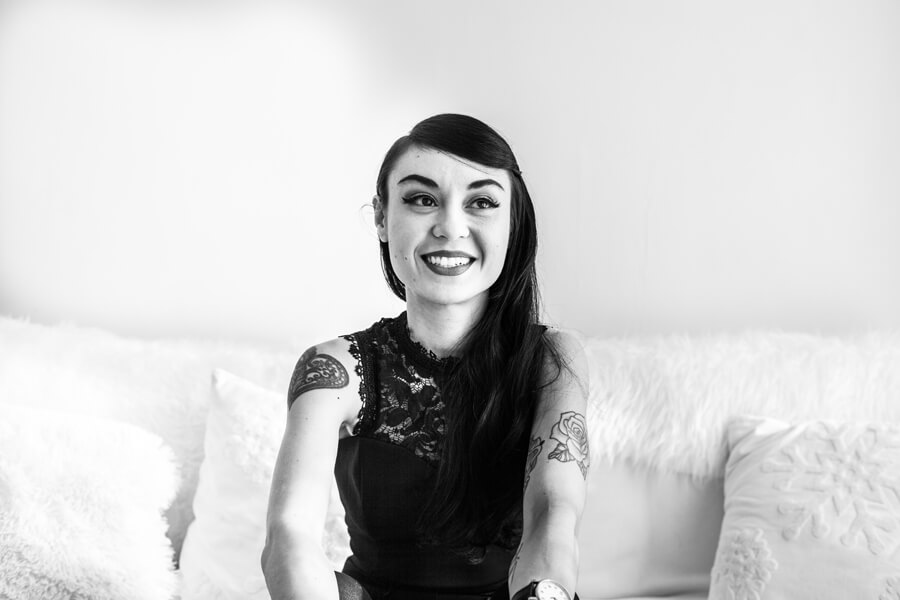
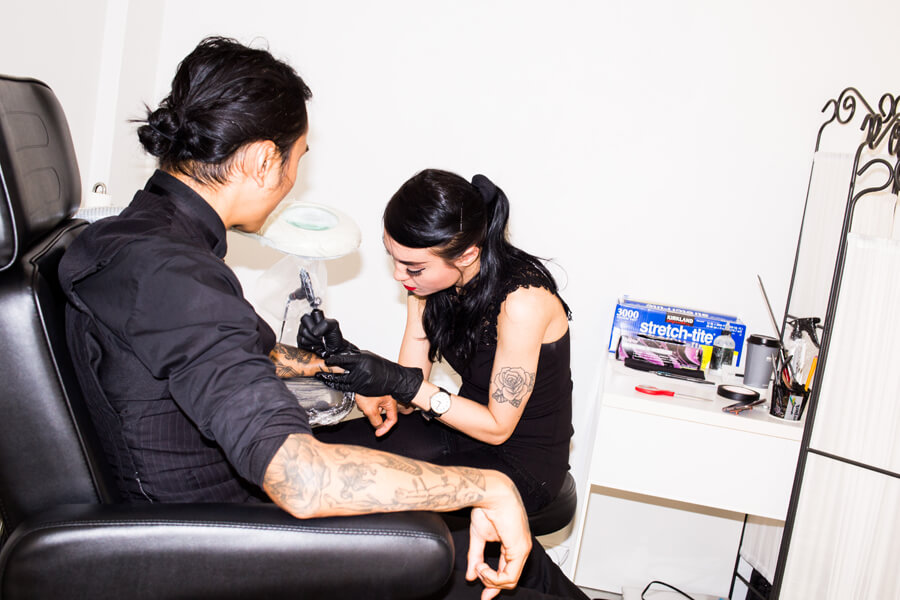
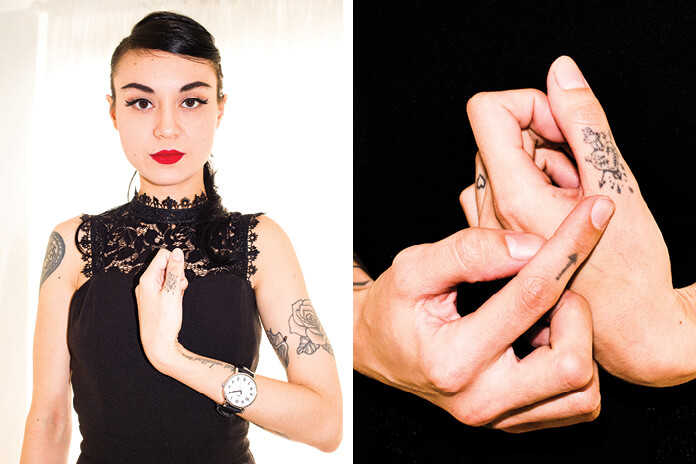
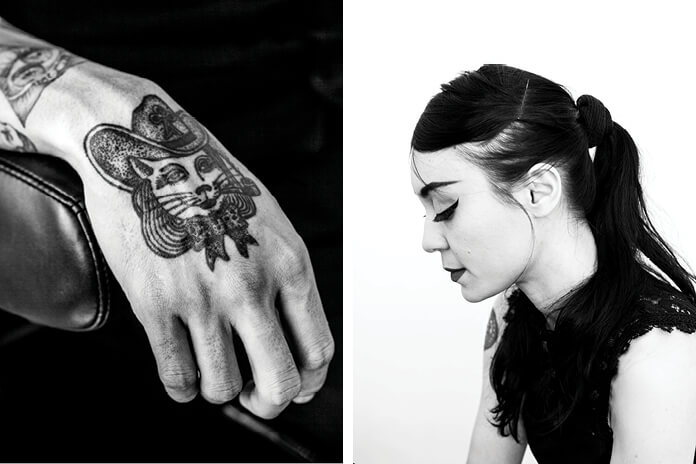
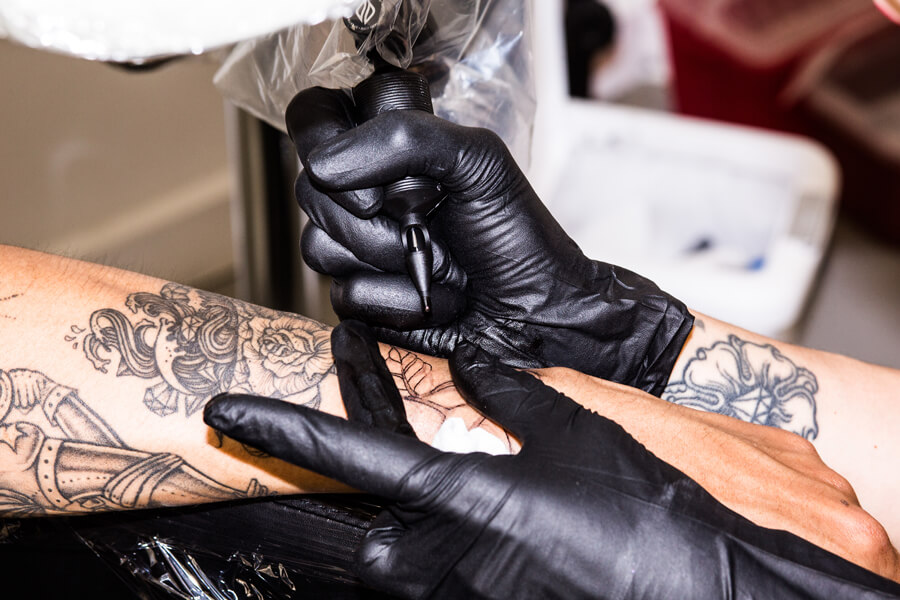
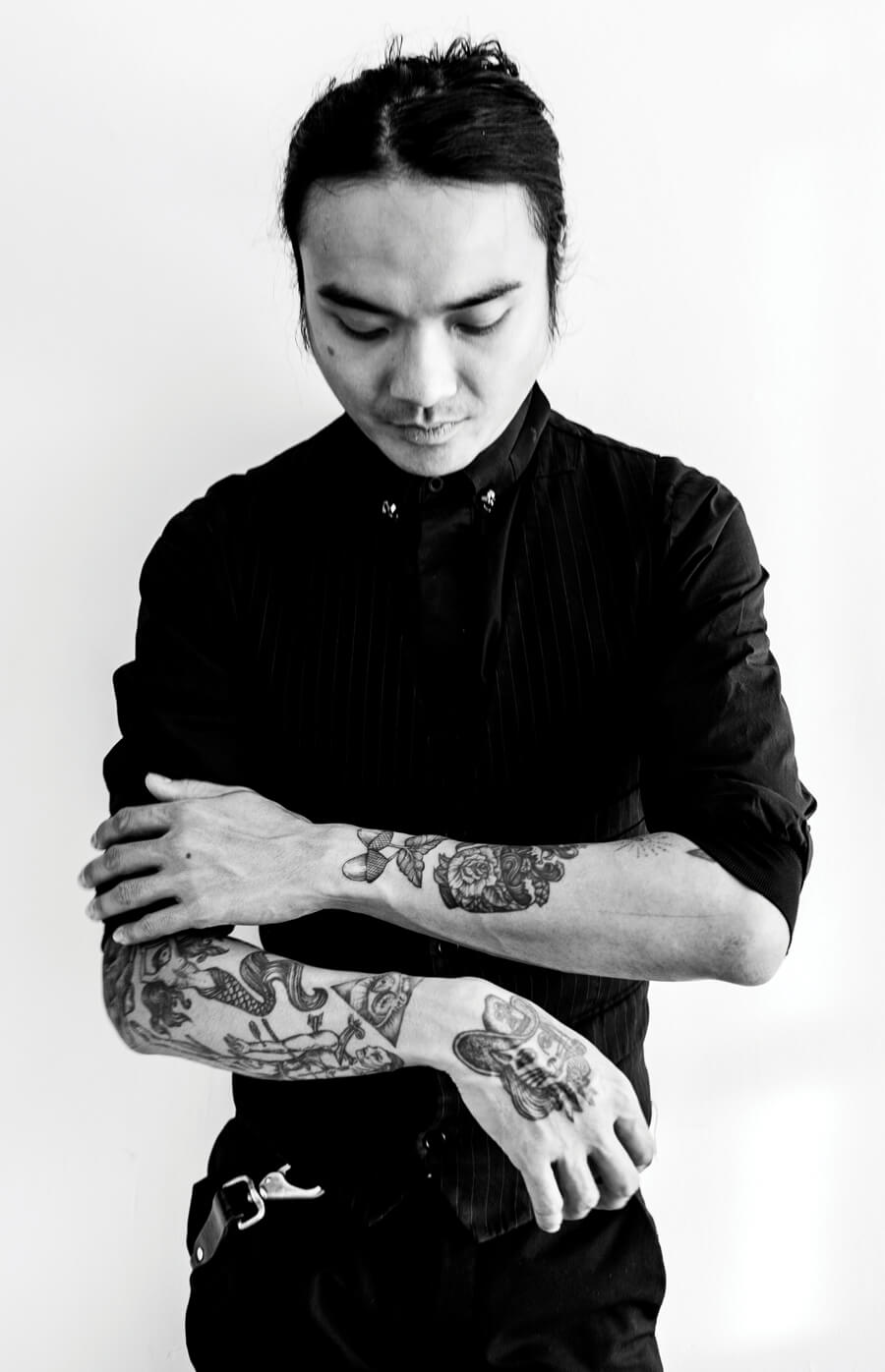
Sarah Gaugler
Snow Tattoo
Sarah Gaugler may very well have been the first female tattoo artist in Manila, Philippines. While in college studying advertising, she worked as a freelance illustrator and photographer in order to pay for school. Through this work, her art become fairly well-known, and one night over drinks, a friend of a friend mentioned he had “stalked” her art everywhere before ever meeting her, and wanted to have a piece of her art tattooed on his skin. The idea took hold, and became even more exciting when she realized that there were no female tattoo artists working in Manila. “My very first tattoo was featured in a fashion magazine in the Philippines, and I guess the rest is history,” she tells me via email.
Sarah now works as Snow Tattoo in a private studio in Manhattan, but also brings her work to such pop-up venues as the Brooklyn Night Market in Greenpoint. Her work is focused on concentrated, detailed, line-and-dot work, a kind of obsessive meticulous minimalism that is gaining prominence in the current tattoo scene.
“My thesis in college was based on line art, crosshatching, and pen and ink illustrations,” she explains, and then going on to further reveal her style origins, says, “It is dear to me because growing up, as a child coping with intense adversity, drawing and making art was my way of managing the situation that I was in. I’d always have a pen on me and I would just draw anywhere and everywhere and on anything.” Her work still has the obsessive, loving sense of the drawing into which a child escapes from the world, creating a kind of calm perfection not available beyond the image.
When she came to New York, she started tattooing immediately in Brooklyn, and talks about how the tattoo community in both Brooklyn and Manhattan has influenced her work. “I always get to meet so many different characters who are so unique, and who broaden my versatility in designing without compromising my style in tattooing,” she says. Gaugler designs every tattoo for each client on the spot at their initial meeting, incorporating her signature style with the client’s ideas, “be it floral work, insects, astronauts, galaxies, or mermaids.” Mermaids are “my newest signature and a significant handful of clients love getting them done, and I love doing them as well.” At the same time, she stresses that each tattoo is unique. “No two tattoos are exactly the same; even the flash are somewhat still customized to fit each individual’s body proportion and flow.”
Speaking about the Brooklyn scene, she emphasizes the prevalence of tattoos in Brooklyn—“Although tattoos are not as taboo as they used to be in most parts of the world, Brooklyn is definitely more tattooed up, in my opinion, compared to other places,”—as well as the borough’s diversity. This variety and freedom has in her opinion created the unique tattoo culture in the city. “Because NYC/Brooklyn is so diverse,” she elaborates, “tattoos that are trending really depend on each individual’s taste in design and preference. Size, whether big or small, and designs, really depend on the personality of the client, along with a lot of other variables.”
Like many of the other artists featured, Sarah points not to one trend or dominant style, but to a wide variety of tattoo aesthetics and ideas in Brooklyn. In her opinion, this stems from the great diversity and creativity of the borough itself. “Almost all the people that I know in Brooklyn are artists or crafts-makers, creators, or explorers in one way or another, but each individual is so unique.”
All images by Nicolas Maloof
You might also like 









